USA and Canada

Pork Exports Gain Momentum; Beef Export Value Sets Annual Record
November exports of U.S. pork reached a 2022 high in both volume and value, according to data released by USDA and compiled by the U.S. Meat Export Federation (USMEF). Even though November beef exports were below the large year-ago totals, 2022 export value has already set a full-year record of nearly $11 billion.
PORK’S RECORD-SHATTERING PERFORMANCE
Pork exports reached 245,663 metric tons (mt) in November, up 3% from a year ago, USMEF reports, while export value climbed 10% to $725.1 million. In both volume and value, exports were the highest since May 2021. For January through November, pork exports were 10% below the previous year at 2.43 million mt, valued at just under $7 billion (down 7%).
Thanks to Mexico and the Dominican Republic, pork exports were record-large in November, with shipments to Mexico topping $200 million for the second consecutive month, USMEF notes. In addition, exports also trended higher year-over-year to China/Hong Kong, South Korea and the Philippines.
Read More…
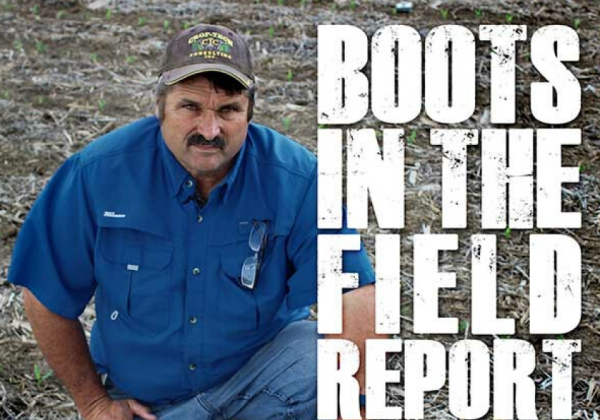
Ferrie: You Can Reduce Fertilizer and Still Harvest Big Corn Yields, But Some Parameters Apply
While winter weather conditions are in full tilt in some parts of the country, Ken Ferrie and his team are actively working with farmers to finalize their agronomic plans for the 2023 cropping season.
As part of their efforts, Ferrie and team are offering a virtual Corn and Soybean College this Thursday, January 5. The day-long, live event features agronomic sessions led by Ferrie, Isaac Ferrie and Matt Duesterhaus.
“There will be live question and answer segments throughout the event, and we welcome your questions during the program,” says Ferrie, Farm Journal Field Agronomist.
You can learn more about the program at www.croptechinc.com. Look for “Virtual Winter College” at the top of the home page.
Read More…
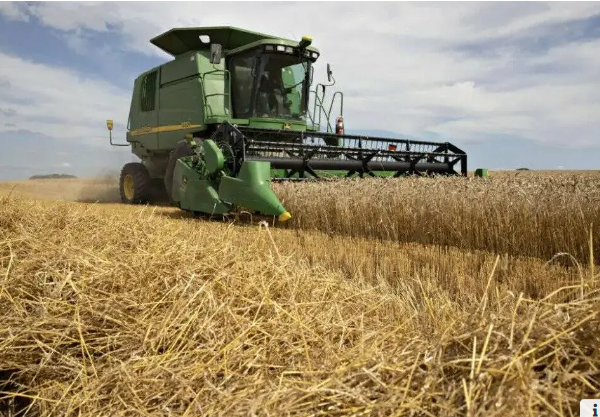
Grain production likely to jump in Europe, Canadian farmers needn’t worry
Although a European agriculture group is predicting grain production to rise this year, Manitoba farmers shouldn’t be concerned, says the National Farmers Union.
Grain industry lobby group Coceral, a European association representing trade in cereals, rice, feedstuffs, oilseeds, olive oil and other oils and fats, based out of Brussels, Belgium, said grain production in both the European Union and the United Kingdom is expected to rebound this year after suffering from crop damage due to dry and hot weather last growing season.
Although European grain markets are still feeling the effects of the war in Ukraine through supply-chain uncertainty, Coceral has predicted that soft wheat production in the EU and UK will come in at 143.2 million tonnes this year, up 2.5 million tonnes from last year’s 140.7 million.
France, which is the EU’s biggest producer of wheat, is projected to harvest 34.1 million tonnes in 2023, compared to the 33.6 million tonnes harvested last year.
Read More …
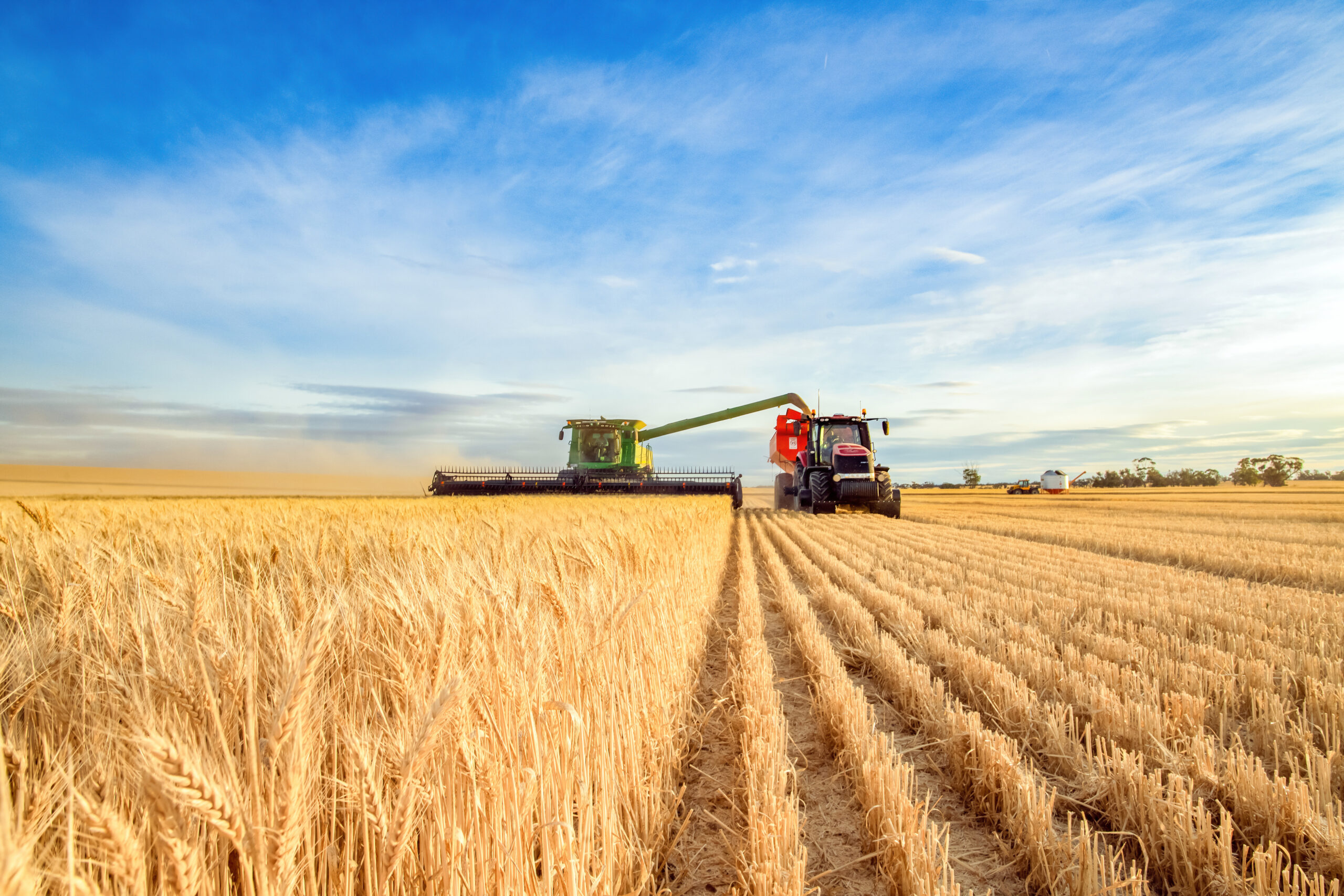
Canadian agrifood infrastructure needs shock proofing
Ottawa—The country’s food supply chain has been designated as critical infrastructure but little has been done by governments to shockproof it from external pressures, says Kathleen Sullivan, CEO of Food and Beverage Canada.
A lack of policy coordination among governments, the global nature of agriculture and food supply chains and the dominance of private companies in the business means there are few measures are in place to insulate Canada’s food system from economic shocks, Sullivan told the Commons agriculture committee.
The result is that “maintaining Canada’s food infrastructure and supply chains falls largely to industry itself, a challenge that is complicated by the size and scope of industry,” she said. The recommendations of the National Supply Chain report should be implemented by the federal government to ensure a consistent and coordinated approach to support supply chain resilience for Canada’s food system.
Read more…
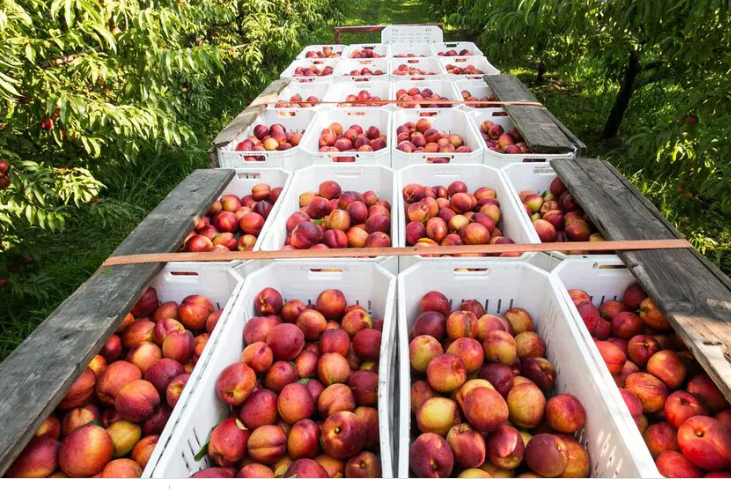
Fruit and vegetable growers are not driving prices increases at the market
Inflation, particularly the rising cost of food, has been one of the top issues facing Canadians in 2022. And food inflation continues to make headlines across the country as people coast to coast grapple with already tight holiday budgets.
With little relief in immediate sight, the Competition Bureau recently announced that it is going to be investigating the practices of Canada’s major grocers.
This announcement comes on the heels of the House of Commons Standing Committee on Agriculture and Agri-Food preparing to hold hearings on high food prices and Parliament passing a unanimous motion calling for an end to grocer-driven “greedflation.”
The numbers are clear. Even though Canada’s overall inflation rate has started to decline over the last few months, food inflation is still unacceptably high, leaving many Canadians facing stark choices about how to put food on the table, particularly around the holiday season where food plays such a significant role in celebrations nationwide.
Read more…
New Zealand
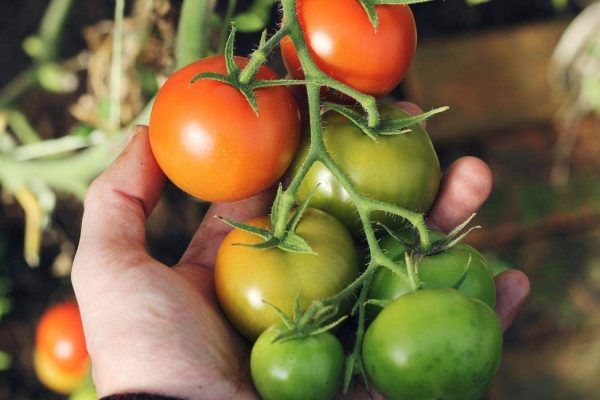
Tomato crop destroyed after plant disease detected
Biosecurity officials are monitoring for any further signs of a plant disease found in a commercial crop in the top of the South Island, which can damage tomatoes and potatoes.
The Ministry of Primary Industries said the virus, potato spindle tuber viroid (PTSVd), was detected on tomato plants in glasshouses near Nelson before Christmas. The crop was destroyed.
Biosecurity New Zealand director of readiness and response John Walsh confirmed testing in mid-November identified a mild form of PTSVd on the plants at a commercial operation in Tasman district.
Plants from three glasshouses were removed and buried, he said.
It infects a wide range of other plants including capsicums, dahlias and chrysanthemums, but is not a concern for human or animal health.
Read More here...
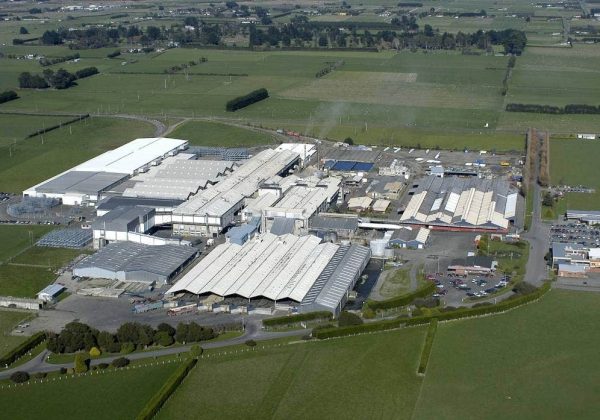
Alliance Group recruiting 200 migrant workers; still needs local labour in Southland
A Southland meatworks company is recruiting about 200 migrant workers from the Philippines and Indonesia in a bid to make up for its staffing shortfall.
Alliance Group manufacturing general manager Willie Wiese said staff absenteeism due to Covid-19 and ongoing labour shortages meant the co-operative was continuing to face processing constraints at its plants.
“We are doing everything we can to ramp up capacity, however like all meat companies, there are some delays for farmers,” Wiese said.
“We have recruitment plans under way to help make up the [staffing] shortfall, including about 200 migrant workers arriving in the country over January and February, with the first workers already arriving from the Philippines.”
Read More here…
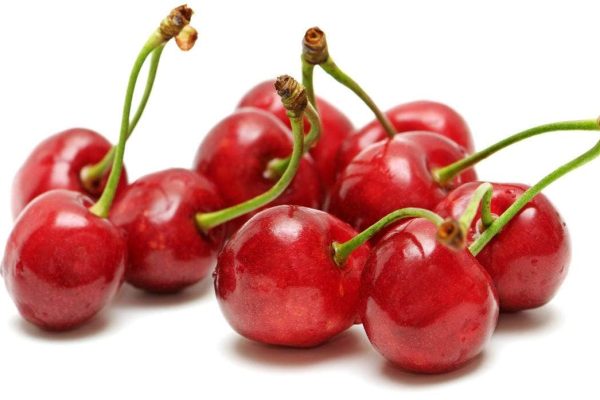
Cherry growers look to bounce back after a couple of tough years
Cherry growers are hoping to put a couple of tough years behind them as they eye a more positive growing and export season.
Grower Murray Little said the past two years had been challenging for various reasons.
It included a struggle for staff – with the borders closed – weather conditions, and limited export demand as lockdowns took a toll.
“That first year of Covid is what we’d call a perfect storm. We had rain, we had soft fruit, we had employment problems, not enough staff, you couldn’t have planned a worst-case scenario,” Little said.
“We exported stuff and there was no market for it. It was when China shut everything up.”
“The last two years have been tough, probably for most fruit growers.”
Read More here…
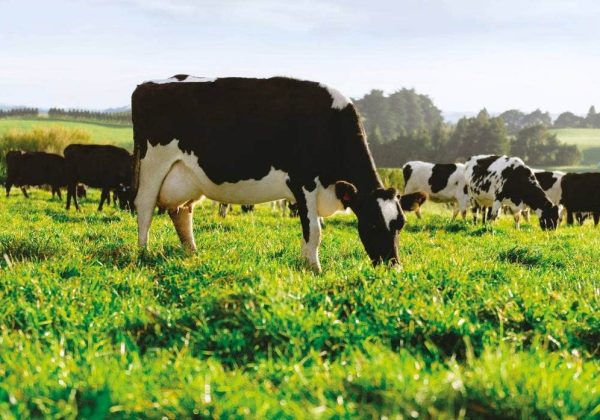
Latest Global Dairy Trade auction drop ‘uncomfortable’ for farmers
A Southland dairy farmer expects the latest Global Dairy Trade auction price drop will make those in the sector a little uncomfortable given it comes when inflationary pressures were also hitting.
The first Global Dairy Trade auction [GDT] for 2023 was held in the early hours of Wednesday morning [NZ time].
Dairy farmers woke to the news that overall prices had dropped by an average of 2.8 percent from the last auction where it fell 3.8 percent.
Bart Luijten and his wife Martina farm 440 cows in Winton. Luijten is also Southland Federated Farmers’ dairy chairperson.
He said the latest GDT price drop was disappointing, although not surprising.
“It’s probably more uncomfortable at the moment, I wouldn’t say there is a massive concern.
Read More here…
Australia
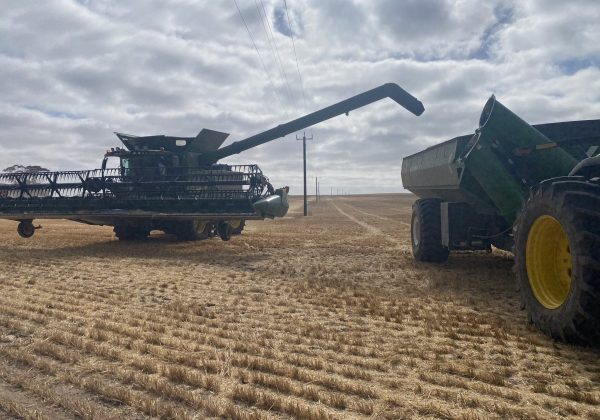
CBH confirms this crop biggest ever for WA
WESTERN Australian bulk handler on Thursday broke its standing receival record of 21.3 million tonnes set last harvest, the co-operative announced in its latest weekly Harvest Report released today.
“With many growers still harvesting, especially in the Albany and Esperance zones, the final harvest total for CBH is expected to be higher still,” CBH Group chief operations officer Mick Daw said.
“I would especially like to thank everyone – from the frontline employees to the ports and offices across WA – for the part you’ve played in us being able to reach this record,”
“I know that individuals and teams have gone to extraordinary efforts to keep grain moving and deliver tonnes to our customers throughout the year.
Mr Daw extended his congratulations to the transporters, contractors and regional communities that support the grain growers of WA.
Read more here
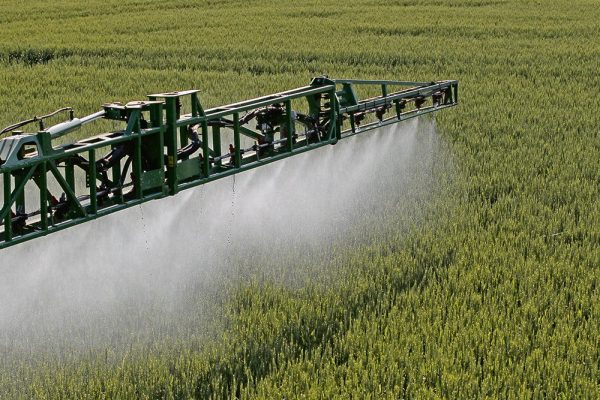
Harvest deliveries to GrainCorp near 10Mt
DELIVERIES continued strongly throughout New South Wales and Victoria over the festive season, with more than 2 million tonnes (Mt) of grain received since the last Harvest Update issued on December 19.
Primary areas of receival activity have been the Junee, Temora, Wyalong and Cunningar regions in southern NSW and the Wimmera, southern Mallee, Central and North East regions in Victoria.
Drier and warmer conditions also helped growers in northern NSW harvest their remaining crops.
The receival activity in this area is beginning to wrap up, with growers looking ahead to summer-cropping opportunities.
A large outload program continued across the GrainCorp network during the festive period to create capacity for more receivals.
Read more here …
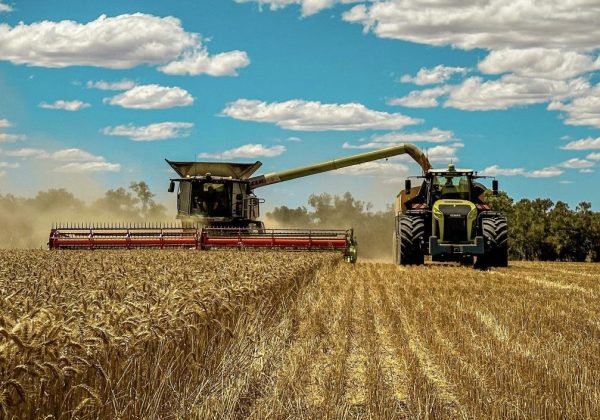
Viterra receivals hit 6.93Mt on New Year’s Day
THE festive season proved to be a bumper delivery period for growers with 1.79 million tonnes (Mt) delivered into the Viterra network between December 19 and January 1.
Viterra is South Australia’s largest bulk handler by far and also operates sites in western Victoria.
Its total receivals for the 2022-23 harvest to January 1 were 6.93Mt.
Despite deliveries slowing at some sites as growers wrapped up harvest, Viterra general manager operations Gavin Cavanagh said it had been a busy fortnight across the network.
“Our highest receival day was on Monday 19 December with 260,000t received into our network,” Mr Cavanagh said.
“This was our largest day this harvest and also since the 2017-18 season.
Read mpore here…

CBH sets new December shipping, rail records
WESTERN Australia’s CBH Group has set two new logistical records, shipping more than 2 million tonnes (Mt) of grain and moving more than 1Mt by rail in a monthly period.
In December 2022, CBH shipped a total of 2.18Mt in total from its Geraldton, Kwinana, Albany and Esperance ports to surpass the previous record of 1.89Mt set in January 2017 by 15pc.
This harvest, CBH has shipped a total of 4.9Mt between October and December 2022, a 57pc increase on last year’s harvest shipping, which saw 3.12Mt shipped during the same period in 2021.
On an individual port basis, the Kwinana Grain Terminal achieved a new all-time monthly record, exporting 914,264t in December, beating the previous record of 769,303t set in January 2019.
The Geraldton Grain Terminal also achieved a new all-time monthly record, exporting 483,530t in December, beating the previous record of 422,280t set in the previous month.
Read more here…

GrainCorp receivals pass 10.4Mt
DELIVERIES to up-country sites from the winter-crop harvest to date have passed 10.4 million tonnes (Mt), according to GrainCorp’s latest weekly Harvest Report released today.
The eastern states’ bulk handler said harvest activity was now mostly complete in northern New South Wales as growers turn their attention to summer cropping in the Burren Junction, Moree, Narrabri and Werris Creek regions.
“Harvest activity (is) beginning to slow in southern NSW, though receivals (are) expected to continue for another few weeks, particularly around the Wyalong, Junee and Cunningar areas,” the report said.
Volume receivals are being seen across Victoria, particularly in the Wimmera, southern Mallee, central and north-east regions of the state.
Significant grain outload program continued across the GrainCorp network to create capacity for more receivals, with 300,000t of grain outloaded last week.
Read more here…
South America
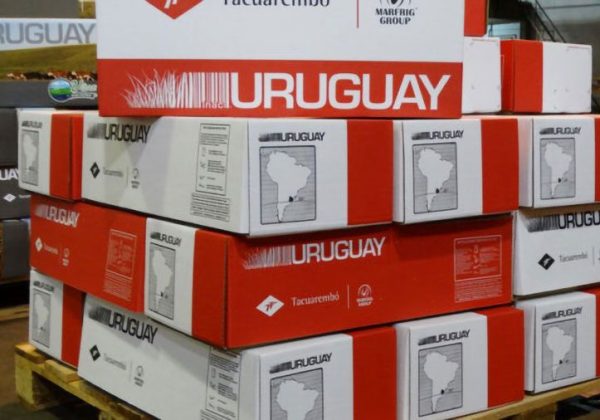
Uruguayan organic beef, processed in Brazil successfully shipped to US
The Brazilian food processing corporation Marfrig announced that it started to process organic meat at its unit located in Hulha Negra, in Rio Grande do Sul, (Southern Brazil) with raw material coming from the company’s plant in Uruguay.
The organic meat comes from animals fed exclusively on pasture, free of synthetic fertilizers, anabolic hormones, and growth stimulants, Marfrig said in a statement.
The product also has a lower level of intramuscular fat and cholesterol, which, according to the company, leads to a healthier diet.
The first shipment of organic meat arrived at Hulha Negra in August 2022. After processing at the Rio Grande do Sul plant, the protein is redirected to the international market. In September 2022, and to full satisfaction, the company made the first shipment of this product to the United States, one of the largest consumers in the world.
Read more here…
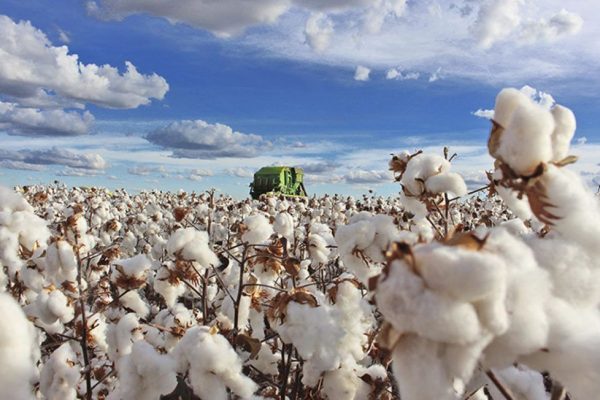
Brazil provides 20% of the world’s cotton supply, and is second global exporter
Brazil provides 20% of the world’s cotton supply, making it the second largest cotton exporter in the world. Cotton represents Brazil’s seventh-largest export product in terms of value: in the market year 2021/2022 alone, 1.68 thousand tons were exported, generating more than USD 3.2 billion in cash. The stats were supplied by the industry association Abrapa.
Abrapa said the Asian market imports 99% of the output of the world’s second-largest cotton exporter, with China (27%), Vietnam (16%), Turkey (13%), and Bangladesh (12%) being the main costumers, followed by Pakistan, Indonesia, Malaysia, South Korea, India, and Thailand.
“Through research, technology, genetics, field management, and precise laboratory verification equipment, we have improved the quality of our products every year. Today we can say that we are on the same level as the best kinds of cotton in the world, with large-scale production”, explains the Director of International Relations at ABRAPA, Marcelo Duarte.
Read more here…
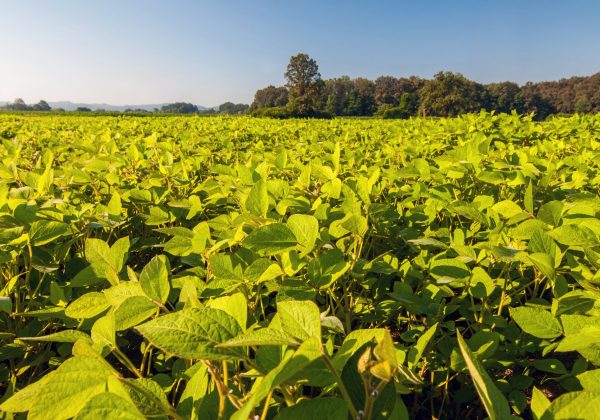
Soybeans rise for second session on Argentina drought, wheat firms
SINGAPORE — Chicago soybeans gained more ground on Monday, as prices were supported by dry weather in key supplier Argentina and expectations of higher demand in China, amid easing COVID restrictions.
Wheat edged higher, recouping last session’s losses, although record supplies from the Black Sea region curbed gains.
The most-active soybean contract on the Chicago Board of Trade (CBOT) rose 0.2% to $14.94 a bushel, as of 0302 GMT, wheat gained 0.2% at $7.45-1/4 a bushel and corn was unchanged at $6.54 a bushel.
Adverse crop weather in Argentina is underpinning the soybean market.
“Argentina forecast is still too dry, and stressful conditions continue to a high percentage of Argentina and southern Brazil crops,” the Hightower said in a report.
Read more here…
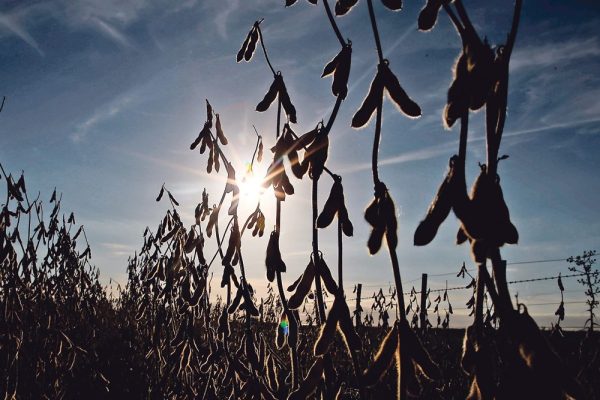
Drought stalks Argentine crops; Brazil may escape danger
South America’s crop will move into the critical season in January and if current weather trends hold steady Brazil’s production hopes might be met, but Argentina’s farmers will likely be disappointed.
Overall, the continent will likely produce more soybeans than it did in 2021-22, which was a disastrous year, but will fail to reach the monster crop predicted in autumn.
Argentina’s woes were one factor in the rally that soybeans and canola futures enjoyed over the holiday week.
Forecasted rain over the Christmas weekend turned out underwhelming and missed large areas of the parched region. Soy farmers in the driest areas have been holding back on seeding and the national planted acreage on Dec. 28 was, at 72 percent, nine percentage points behind the pace last year.
Read more here

Chilean Cherry Committee Launches This Season’s Lucky Draw in China
This winter, everyone who purchases Chilean cherries in China will once again be able to participate in the Chilean Cherry Committee’s “Million Super Lucky Draw” promotion to gain the opportunity to win a variety of prizes.
The lucky draw, one of the most eye-catching activities of each Chilean cherry season in China, has been started early this year. Entry in the lucky draw is open to all consumers who purchase Chilean cherries in China through either online or offline channels from Dec. 25, 2022, to the middle of February 2023, a period covering the Christmas, New Year’s Day, Chinese Spring Festival and Valentine’s Day holidays. To participate in the promotion, customers are simply required to upload their proof of purchase.
This season’s prizes include Apple MacBook Pro computers, iPhone 14 devices, Apple Watches, Dyson V11 Fluffy vacuum cleaners, Dyson air purifiers, Dyson hair dryers and, naturally, fresh Chilean cherries worth 400,000 Chinese yuan ($58,000).
Read more here
Food Updates
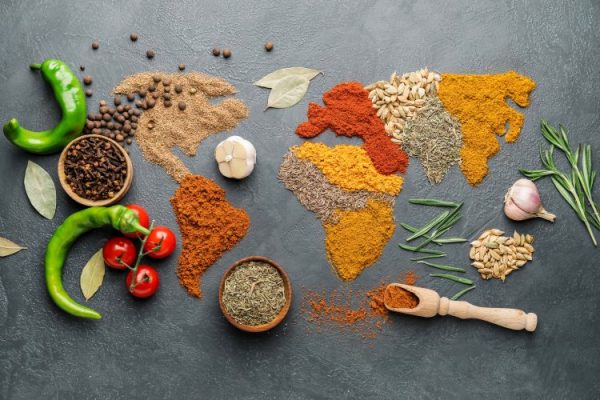
Food solutions for a sustainable tomorrow
With multiple forces acting against global food security, researchers in Singapore have been innovating. Read their solutions that help combat food waste and obesity, while improving health and sustainable food production.
The global food crisis marches closer. Droughts and floods caused by climate change are threatening our ability to produce enough food for a growing global population. According to Intergovernmental Panel on Climate Change estimates, crop yields could fall by up to 25 percent by 2050.
Aside from this impact, the COVID-19 pandemic has disrupted supply chains which has also impacted food security. This has led to shortages in all manner of foodstuff from poultry to palm oil, as well as escalating food prices.
Geopolitical tensions and conflicts add to this growing food insecurity by limiting access to energy, creating rising inflation and debt.
Read more here
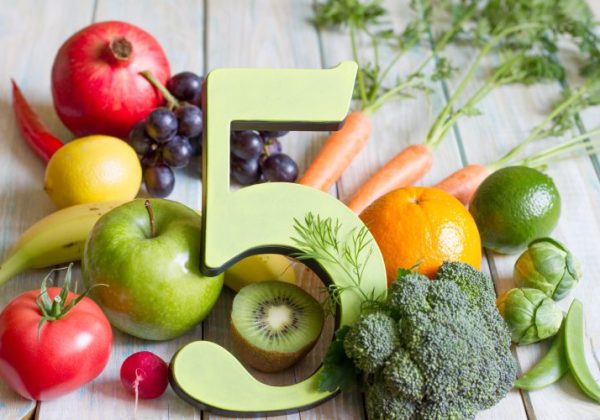
App developed to help people eat their five a day
Previous studies from Bournemouth University found that whilse most adults in the UK are aware of the 5 a day message, their understanding of how to get to it is low.
“Almost everyone knows they should eat five a day,” said Katherine Appleton, Professor of Psychology at Bournemouth University, who led the studies and the development of the new app.
Read more here…

Hershey sued over “harmful” metals in chocolate
US confectionery giant Hershey’s has been sued following claims that the company is selling products containing “harmful” levels of metal.
The lawsuit was instigated by Christopher Lazazzaro, who claimed that The Hershey Company was “failing to disclose the quantities of lead and cadmium” in three different types of its chocolate bars. These include Hershey’s Special Dark Mildly Sweet Chocolate and two Lily’s bars: Lily’s Extra Dark Chocolate 70 percent Cocoa and Lily’s Extreme Dark Chocolate bars (both owned by The Hershey’s Company).
Filed on 28 December 2022 in a federal court in New York, the lawsuit has the objective of “seek[ing] to remedy the deceptive and misleading business practices of The Hershey Company”.
According to Statista, the US is the leading world market for confectionery of any kind, however the US cocoa and chocolate market alone is estimated to be worth $9.67 billion dollars.
Read more here…
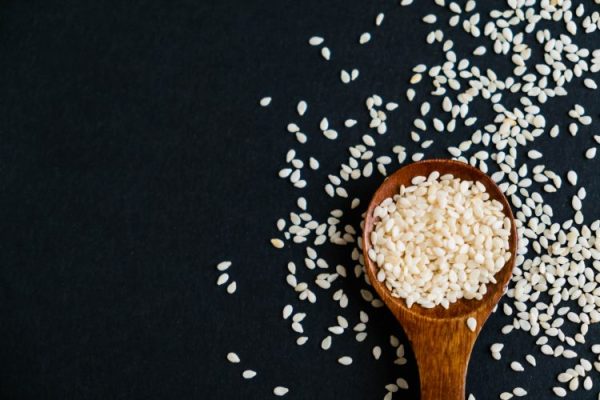
FDA adds sesame to the list of major food allergens
The US Food and Drug Administration (FDA) has enforced that, as of 1 January 2023, foods containing sesame will be subject to specific food allergen regulatory requirements, including labelling and manufacturing requirements.
Sesame will be added to the list of major food allergens defined in the law as the result of the Food Allergy Safety, Treatment, Education, and Research (FASTER) Act, joining eight other major food allergens: milk, eggs, fish, Crustacean shellfish, tree nuts, peanuts, wheat, and soybeans.
According to the Asthma and Allergy Foundation of America (AAFA) more than 50 million people in the US experience various types of allergies each year and allergies are the sixth leading cause of chronic illness in the US.
Looking specifically at sesame allergies, FoodAllergy.org has claimed that approximately 0.23 percent of US children and adults are allergic to sesame, with reactions ranging from hives to anaphylaxis.
Read more here…

Five food trends to look out for in 2023
2022 has been and gone and we have now entered another year. With a new year comes resolutions, a different number to remember when writing the date, and, of course, new food trends. But what will they be?
Last January, New Food’s Editor Joshua Minchin predicted various food trends for 2022. These included: indulgence continuing, home cooking remaining popular after the pandemic, few changes being made to CBD regulations, functional foods and personalised nutrition being in demand and, finally, that the low and no alcohol upwards trend would continue.
With overwhelmingly accurate predictions, our Editor must have looked into a crystal ball and foreseen home-cooking companies such as HelloFresh expanding globally and functional beverages appealing to consumers looking for sports enhancement and beauty remedies.
However, turning to the next 12 months, here are five predictions for the upcoming food and beverage trends that are so close you can almost taste them.
Read more here…


